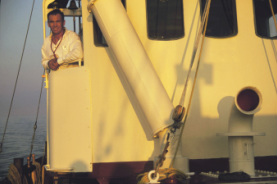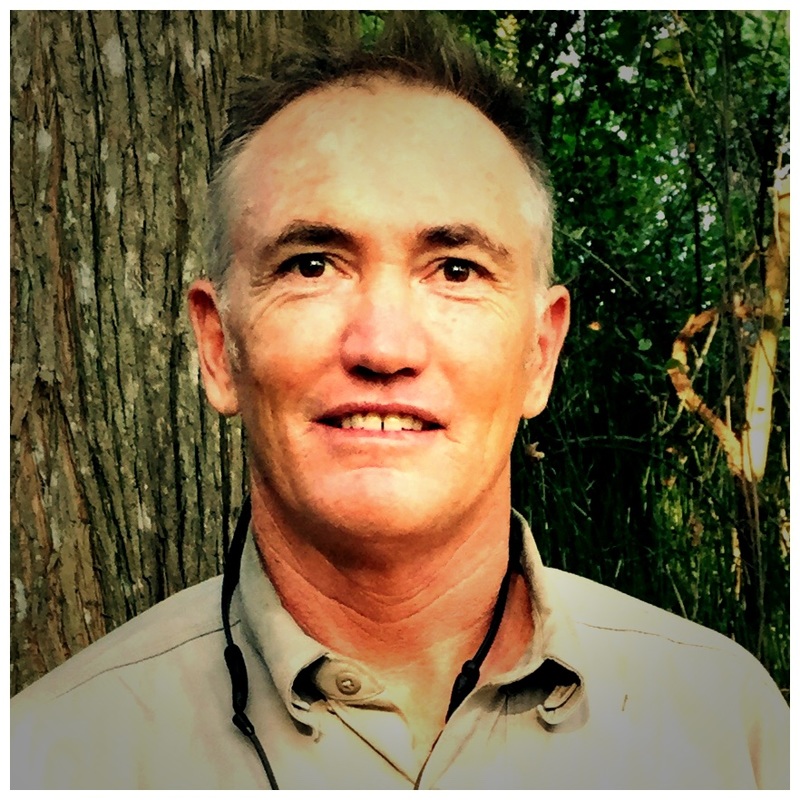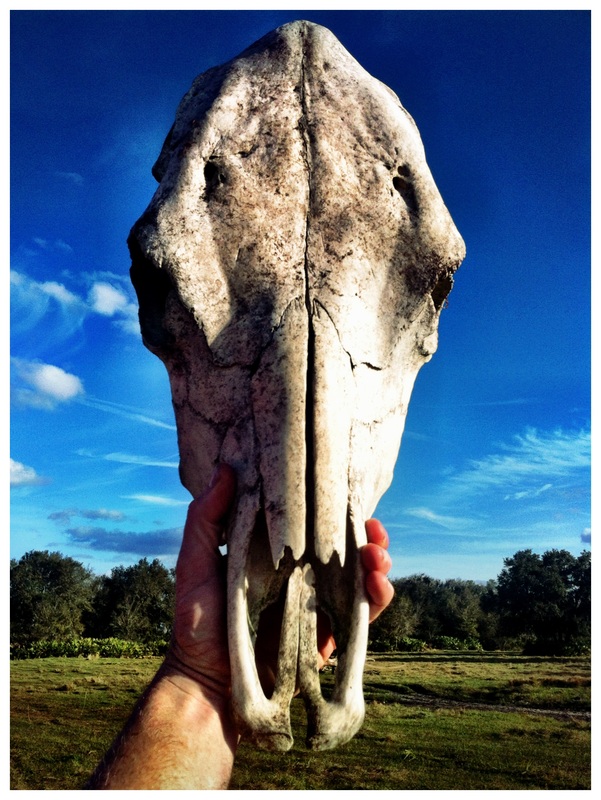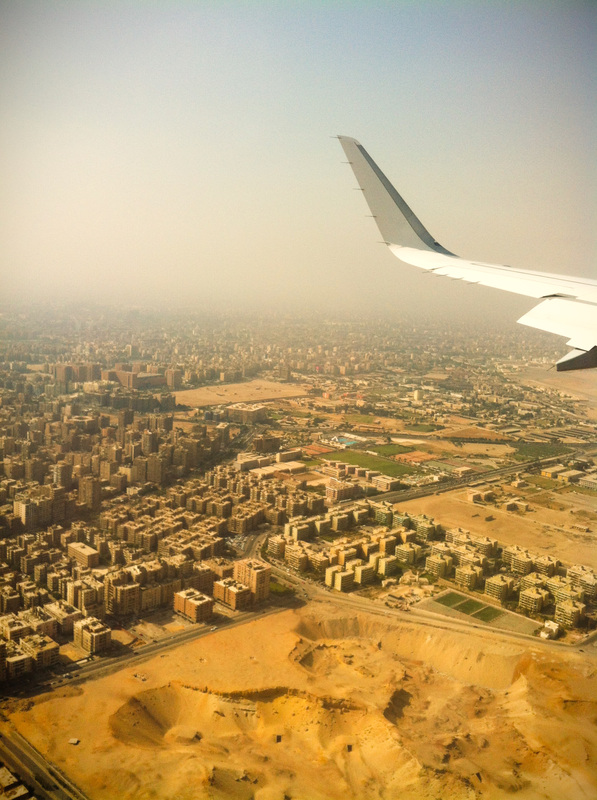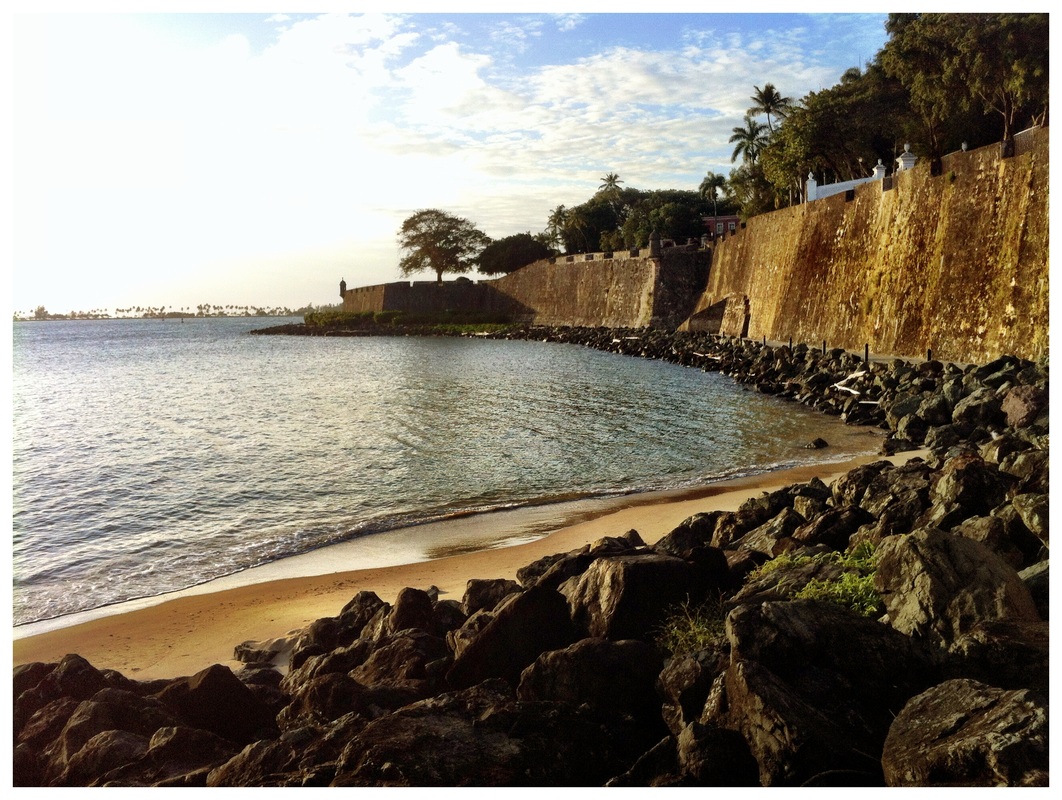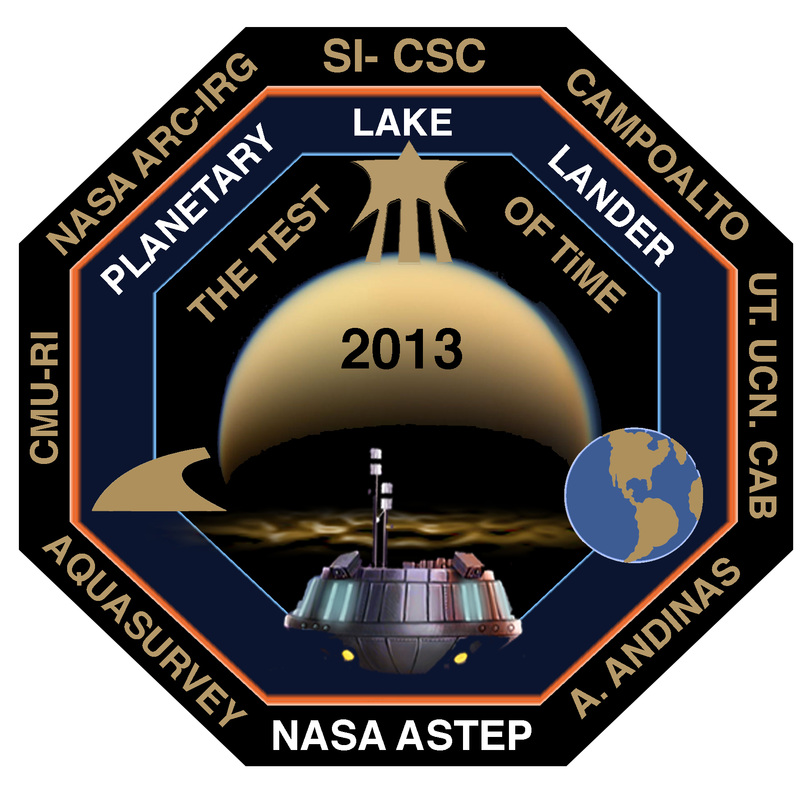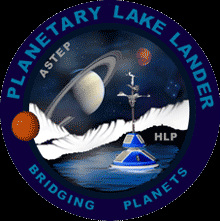
And I want to build the first one...
To create a 5 year program That will result in an
Inhabitable, Floating Science Island capable of navigating
to Oceanic Dead zones, revitalizing them, and removing harmful plastics from Oceanic Gyres.
Introduction;
The Floating Living Island Project aims to model and combine
many of these futuristic technologies and use them as a base for an exciting,
educational, media and sponsorship driven voyage along the Caribbean Island
chain in a way that allows frequent interchange and interaction with people and
the tools that will bring awareness to growing and alarming plight of the
worlds oceans and the tools we are creating to attempt to reverse current
trends.
The actual voyage and expedition will be lead by myself
and crewed by some of my experienced colleagues but will allow many
opportunities for exchange of junior crew and students, and is fundamentally
based on my own research into the origins of human exploration and exploitation
on the sea.
The Floating Living Island Project, with its bioremediation
platform and tools for investigating and remediating oceanic dead zones, its
communication with students, classrooms and research projects, and its
investigation of ancient seafaring technology as well as futuristic
applications, will in many ways be the same story from millennium ago. We send
this new ship and her crew out onto the sea, that they might return to us with
some thing new to marvel.
Overview
Identifying the components that make up the Initiative;
The program will be broken down into 5 independant one
year sections, culminating in the Carribbean voyage and subsequint installation
in the Gulf of Mexico Dead Zone. Each year will contain all principal aspects
which include;
Commercial Sponsorship
Industry Partners
Educational Partners
Media Partners
Scientific Research Partners
The first years program will involve modeling of the
basic aspects and creation of templates that can be enlarged for each successive
year. In this way an accurate budget and media ROI can be projected before the
each subsequent voyage.
Initial Commercial Sponsorship will be pursued using the
tools mentioned in this document. In return for monitory investment they will
get guest speakers for a function and print and web material to use in their
own promotional material.
Industry Partnerships will be formed with companies
that have key technology to be included in the voyage, but may not have the
resources to contribute financially significant
funds
Educational Partnerships; e.g. with Nova Southeastern
Universities Oceanography Department are being formalized including plans for
participation in distance learning online classes before, during and after
expedition. Internship program will be launched. Flagler College Communications
Department students will have the opportunity to earn credit for projects
relating to the promotion and public outreach aspects of each segment.
WingsWorldQuest and the Art of Exploration will be key educational
partners.
Media Partnerships; Print and TV journalism coverage of
the project will be pursued according to established methods, esp. groups we
have already worked closely with, including THe Discovery Channel, ABC News
Productions, Journalist Jonathan Green. Production of Video Podcasts will begin
early as a medium for sharing and building a web based audience. Blue Turtle
Productions and Aqua Survey HD Productions to participate.
Scientific Research Partnerships will be selected based
on applicability and shared resources. One exciting possibility includes Ocean
Recon's Eye in the Sea, a deep sea webcam. The Seakeeper 1000 is also an
intreaging possibility
What Will It Look Like?
A true Island of aproximately an Acre of surface area, including vegetation, habitation
pods, and a central navigation pod featuring computerized Kite Sail and rudder
control. A Tail of smaller islets will be drawn around to create a central
'Lagoon". The Islandcan be accompanied by
an existing oceanographic research vessel capable of manuvering by towing and
delivering supplies and personell.
Tell me about the Caribbean Voyage?
The Caribbean Voyage is intended to
start in the Windward Carribean and sail along the island chain, providing
regular opportunities for exchange of personel and interaction with local
cultures, educational, media, and scientific projects. 4 months in length
begining in December, the voyage will end in Miami Florida, where components of the island will
be transfered to lagoon of the major corporate sponsor.
What is Bio-Remediation Coir?
Please visit the Floating Islands International website for more information on their
patented BioHaven floating islands. Following are some excerpts:
The surface area of an aerial square foot of floating island, 8 inches thick, is 198 sq ft. This is provided
by the fine fibers which make up the non-woven matrix. Expanded, a 250 sq ft
island is the equivalent of 1 acre of wetland surface area. Our floating
treatment wetlands can create a "concentrated wetland effect" without taking up
land, and over deep water;
Floating islands create surfaces
for the natural aquatic biofilm that are the very base of the food chain,
typically comprised of benificial microbes, microscopic plants, and their
residue. If these microbes are allowed to thrive, the rest of the food chain can
flourish. Microbes produce zooplankton) which fish and other creatures feed on.
This is a source of carbon, and this carbon is effectively sequestered by the
creatures that feed off a BioHaven.
Surface area is important because
microbes need a surface to proliferate on. Giving microbes our "concentrated
wetland effect" is like replacing single-storey housing with multi-storey
appartment blocks.
Nutrients, which arrive in the water column via fertilizers, are
harmful to water as they allow algae to grow; but if we give microbes enough
surface area, they'll use the nutrients for their own growth before algae can
use them. Thus the microbes keep the water clear of algae, and in so doing
prevent algae depleting the water of oxygen.
A two-year study affirmed that, under optimal test conditions, BioHavens remove 20 times
more nitrate than the best previously published study (BoR, 2005), 10 times more
phosphate, and 11 times more ammonia than the amount which is considered a
benchmark for best performance. BioHavens are also extremely effective at
reducing Total Suspended Solids and turbidity, and Dissolved Organic
Carbon.
What is a Kite Sail?
Tethered flying Kite sails operate at altitudes of between 100 and 300 meters above the ship and
provide 5 to 25 times more power than traditional sails, while operating at the
push of a button from an automatic control system. The towing kite is made from
high strength and weather proof textiles and transmits the tractive force to the
vessel via a synthetic rope. it provides its own energy supply to the control
pod by means of a special cable integrated into the Towing rope. SkySails are
manufactured by Zeppelin and have been used on cargo ships since 2006 to reduce
fuel consumption by more than 20%.
What will the first year project be?
The First year project will include all 5 components of
the Grand Voyage, but on a model scale.
Can I participate?
Contact Eric Wartenweiler Smith for
info on how you can participate.
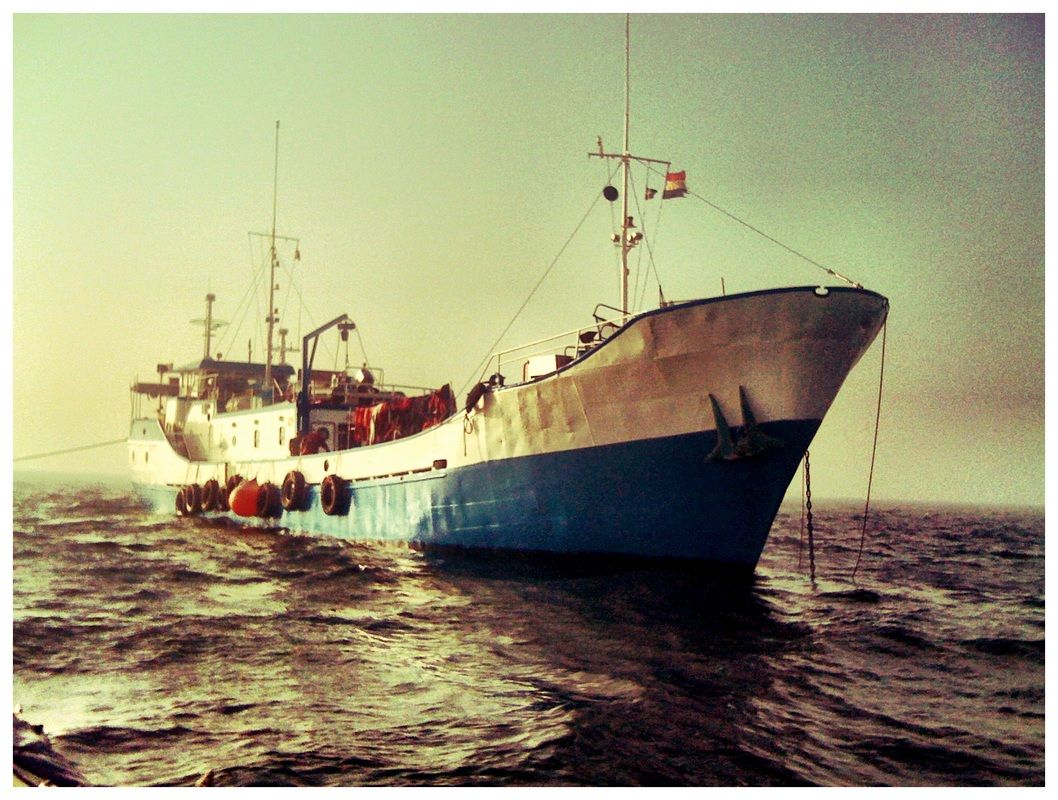
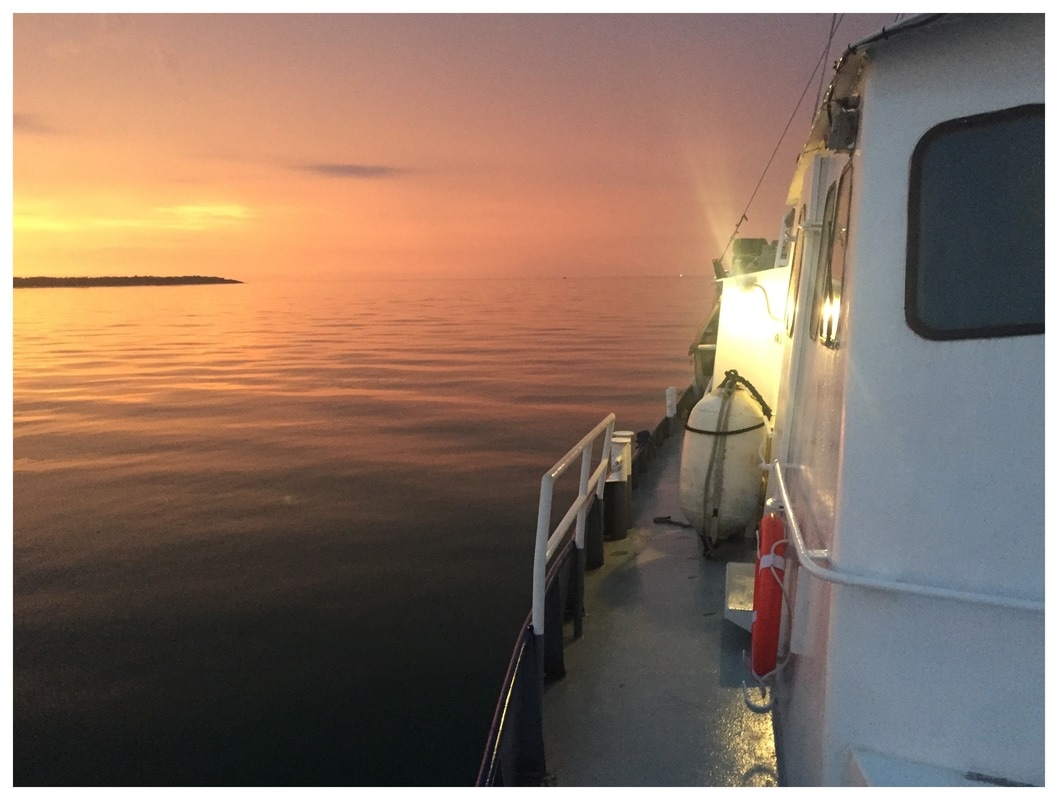
 RSS Feed
RSS Feed
